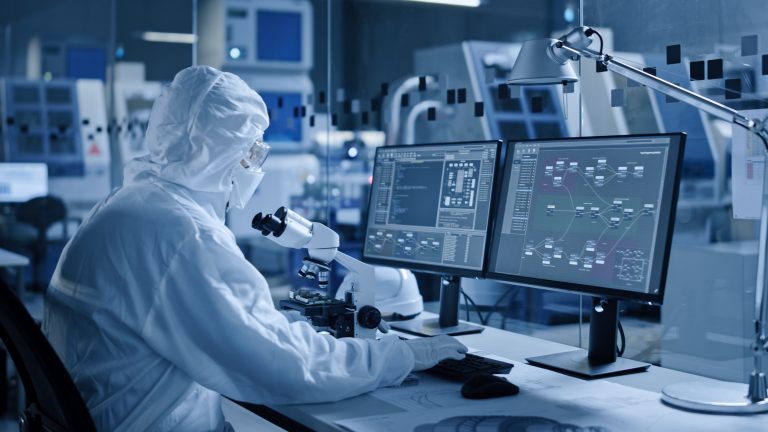Embracing Design for Reliability at Advanced Energy
Posted June 25, 2019 by Gopal Mohanty
Design for Reliability (DfR) is not a new concept, but that doesn’t mean there are not measurable advantages over the traditional reliability engineering paradigm that many companies use. The American Society for Quality (ASQ) defines reliability as “the probability that a product, system, or service will perform its intended function adequately for a specified period of time, operating in a defined operating environment without failure.” This traditional definition has a significant mathematical relevance, and is confined to testing, analyzing data, estimating and predicting reliability.
However, this traditional approach to reliability will fall short when an organization aspires to build a robust product that provides a competitive advantage and high customer satisfaction, as these reliability activities are conducted after the product has been designed and developed. On the other hand, the DfR process focuses on the upfront activities, beginning at the concept and feasibility stages in the product development, therefore minimizing product development and lifecycle costs, and expediting product delivery to the customer. Thus, getting the DfR process right matters to product quality, customer experience and the long-term success of a business.
DfR Implementation at AE
Industry-proven processes, methodologies and tools in the DfR domain play a critical role in AE's DfR strategy. Our DfR process compels us to focus on all the activities (including system analysis, sub-system and component-level analytical reliability modeling) that are necessary to build robustness into a product during its useful life. Typically, the tools of traditional reliability are primarily applied at later stages in the product development process. With DfR, the mosaic of these tools is expansive and many of them are applied at nascent stages during product development.
Adhering to DfR practices, AE employs the following principles to build robustness into products:
- Reduce product performance variability during design and development, manufacturing and use
- Prolong the product performance with high reliability
- Predictably address failures at use
Shaping the Future
AE's DfR goal is to, ultimately, help our customers with their own competitive edge, knowing that the products they purchased have been engineered with high reliability under a solid governance of processes and people.
By applying enhanced DfR principles from product concept selection to the product obsolescence, will ensure we deliver best-in-class, reliable products that meet current and future market demand.
To learn more about our DfR process, download our whitepaper, Embracing Design for Reliability at Advanced Energy, found at this link.

.jpg?resizemode=force&maxsidesize=884)

